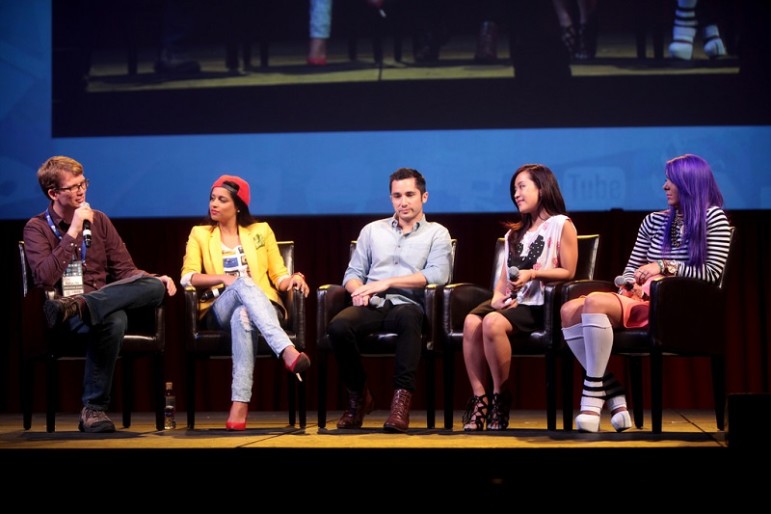
January 6, 2016; Forbes
One developing option for nonprofits for influence marketing of their missions is partnering with people popular due to their videos on YouTube. Also known as YouTube personalities or YouTube celebrities, many now even have corporate sponsors. (Think GloZell Green, the green lipstick lady, who interviewed President Obama in early 2015.) YouTube celebrities with followings of from 400,000 to a million subscribers have the reach that many nonprofits seek.
Reelio, a platform that matches YouTube celebrities with brands, stands behind this kind of “influencer marketing,” and that’s why it launched its nonprofit division, Reelio Cares. In a recent Forbes article, Ava Kelly, a manager at Reelio Cares, described the work of influence marketing with nonprofits as a learning experience.
Seeing how far behind the nonprofits were when it came to [influencer] marketing and working with digital influencers to educate them about working with non-profits, that’s probably been where a lot of my time has been spent. These digital influencers are very different than Hollywood celebrities.
Three factors are important to successful influence marketing for a nonprofit:
- Audience size matters, but so does a smaller following that is very loyal.
- The connection between the star and the cause must feel authentic.
- Measuring the success is still a bit squishy.
A recent example involved the nonprofit DigDeep. With projects in the Sudan, Kashmir, New Mexico, and Cameroon, their focus is on “water poverty,” or the lack of access to clean water. Their “4Liters Challenge” asked participants to use only four liters of water in a 24-hour period. Three YouTube celebrities contributed to the challenge by videoing themselves in the flow of a day, trying not to use water and stay within the limit.
Sign up for our free newsletters
Subscribe to NPQ's newsletters to have our top stories delivered directly to your inbox.
By signing up, you agree to our privacy policy and terms of use, and to receive messages from NPQ and our partners.
According to Kelly, one of the influencers came to one of the nonprofit’s events, learned a lot of details, and spoke with the CEO. The increased engagement numbers were high, she offers, because he took the time to learn and his passion showed in the video.
With over 5 million subscribers, YouTuber Connor Franta said, “It occurred to me that I wasn’t doing anything that wasn’t for me or my audience. I wanted to do something else and wanted to use my platform for good.” Franta talked to the leaders of The Thirst Project to ensure that he understood and supported the cause.
“When you’re asking people to be authentic, diplomacy can go out the window”, says Kelly. One YouTube influencer made a video with some provocative social commentary included, and Kelly had to jump in and serve as intermediary. She called the video creator, who agreed to edit out specific pieces of the video rather than impact the associated nonprofit.
As Kelly reminds us, it is unclear where the saturation point for influence marketing lies. Will 2016 be the year that social influence becomes a permanent part of social marketing? Or will it pass into the passé?—Jeanne Allen
Correction: Reelio Cares is a subdivision within the larger Reelio platform.













